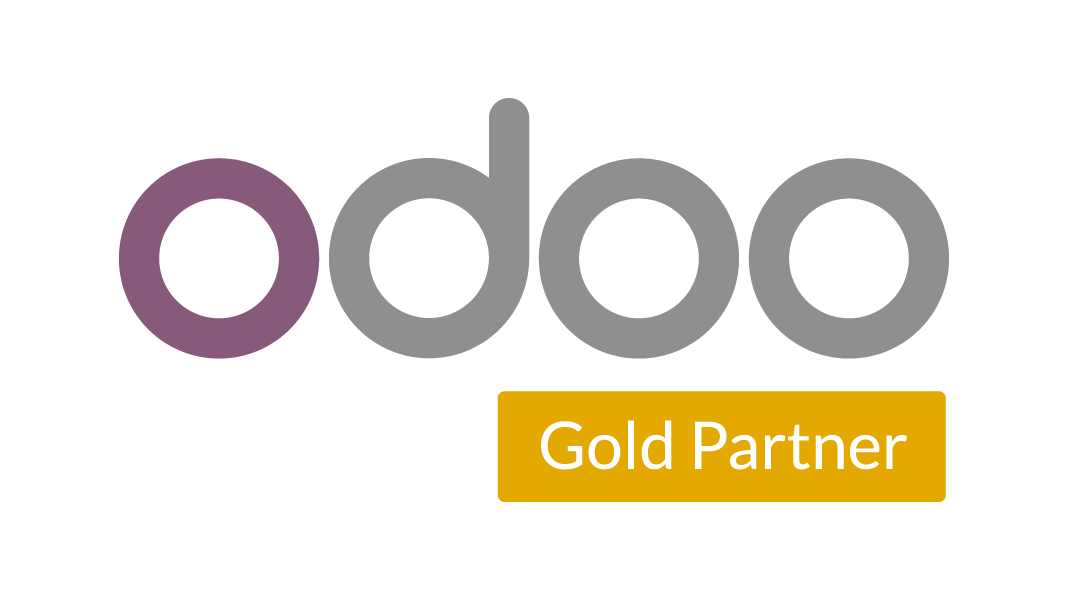The first step
Proof of Concept and creating a Project Initiation Document
The primary goal is to think along with you in order to arrive at a thorough and well-founded project approach.
We generally start a potential collaboration by doing an assessment (Proof of Concept) and creating a Project Initiation Document (PID). This PID specifies the scope, configuration, schedule, and budgeting. This document will then serve as a decision document for possible implementation.
More than ICT
An ERP implementation also affects organizational processes
The implementation of an ERP system is partly ICT and partly business management.
Successful implementation is more likely if business processes are clearly defined. What processes are there, who works with them, what is the function, and what other processes should they integrate with. After all, one of the main reasons for changing to an ERP system is the interaction between different business processes.
Project approach
A pragmatic, with both feet on the ground, approach
Our project approach is based on Agile and Prince2, but then as an instrument and not as means to an end.
Our project organisation is based on two principles: a proven methodology for approaching and carrying out an implementation project and excellent cooperation between all stakeholders. Working together, quality, and passion are key priorities of our approach. Business know-how, empathy, and knowledge of your processes is what characterises the people of B-informed. That's how we make the difference and how we impress.
The implementation
Far-reaching collaboration to achieve something beautiful
Working together, quality, and passion form key priorities of our approach.
Our implementation methodology is goal-oriented based on the realization of milestones. Everything aimed at achieving your objectives, in time, functionality, acceptance and budget. To achieve the desired end result together with the entire organization. Working together to ensure optimal operation, that is what we aim for.
Your own wishes
Our developers create what is needed based on an ROI
Good software adapts to the environment. We develop what really adds value for your organization.
Before developing customer-specific needs, we will work with you to first see what the consequences are, what the alternatives are, and what the benefits are. Preference must always be the default, unless it clearly adds value. In order to develop customer-specific needs in Odoo, we involve end-users at an early stage. We describe the processes, demands and wishes in a functional design. During development, we're constantly testing this with the users.
Training
We train your people "on the job"
Through our extensive practical experience, we know how to focus training on what is needed for everyday work.
The type of training will be tailored to your specific needs. Our experience shows that training on the job is the best result. That being the case, we're guiding employees in their day-to-day work or on a specific project. In other cases, it is more efficient to train a group of employees at once, zooming in on the general operation and application of Odoo, tips, and tricks, etc. This is combined with examples and exercises on day-to-day practice.
Going live with Odoo
Good preparation, hands-on guidance and intensive aftercare
Always an exciting moment. With a good go-live planning, acceptance test and the guarantee of a hands-on guidance, it works!
We set up a planning and going-live schedule, and if necessary a migration plan. This gives us a good understanding of the steps and risks of the going-live process. After an acceptability test, the going-live is scheduled and run according to the planning. The first weeks following the going-live are critical. During initial use, matters should always be identified and resolved as soon as possible. Despite testing, every live walk has points that no one has foreseen. Users accept them provided they resolve quickly and visibly.
After live optimization
If you really work with it, you will discover what can make Odoo even better.
Are the processes running as expected and where is process optimization or functional improvement still to be achieved?
After the first weeks it is good to evaluate. Where do the processes run well and as expected and where can we optimize them or make them run more smoothly in Odoo? Also functionally, small improvements can often lead to more user-friendliness, which users can enjoy for years.

